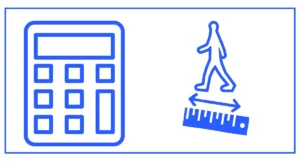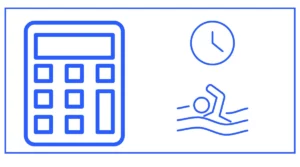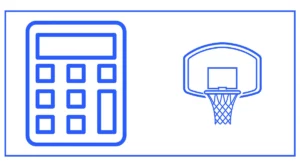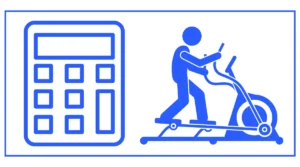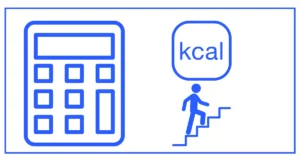Scuba Weight Calculator
The scuba weight calculator helps you find the estimated additional weight that you will be carrying.
Simply enter your body mass in kg, your gender, suit type (Swimsuit, 3mm one piece wet suit, 5mm two pieces wet suit, 7 mm two pieces wet suit with hood and boots, neoprene dry suit, and sheel style dry suit), water type (salt or freshwater).
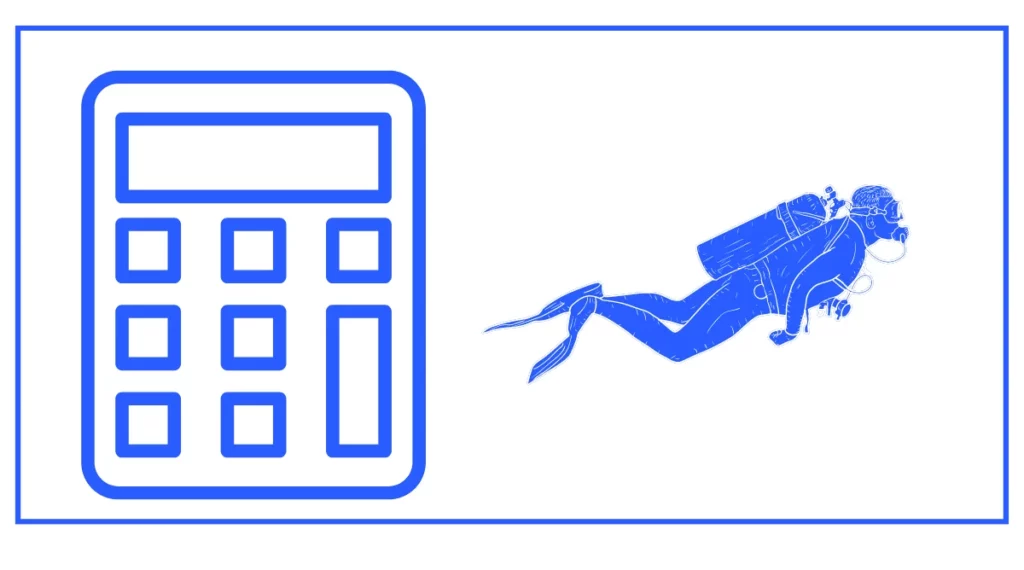
You might want to calculate swim time.
Understanding Buoyancy in Scuba Diving
Before delving into the specifics of using a dive weight calculator, it’s important to understand the concept of buoyancy in scuba diving. Buoyancy refers to the upward force exerted on an object immersed in a fluid, counteracting the force of gravity. In diving, there are three states of buoyancy:
- Positive buoyancy: The diver floats towards the surface
- Neutral buoyancy: The diver neither sinks nor rises in the water
- Negative buoyancy: The diver sinks towards the bottom
The goal for most recreational dives is to achieve neutral buoyancy, allowing the diver to hover effortlessly at a desired depth. This state requires careful balancing of various factors, including the diver’s body composition, equipment, and environmental conditions.
Factors Affecting Buoyancy in Scuba Diving
Several factors influence a diver’s buoyancy and, consequently, the amount of weight needed for a dive:
- Body composition: Muscle is denser than fat, so more muscular individuals may require more weight.
- Wetsuit thickness: Thicker wetsuits provide more insulation but also more buoyancy.
- Tank material: Aluminum tanks become more buoyant as air is used, while steel tanks become less buoyant.
- Water salinity: Saltwater is denser than freshwater, providing more buoyancy.
- Depth: As a diver descends, their wetsuit compresses, reducing buoyancy.
A diving weight calculator takes many of these factors into account to provide an initial weight estimate.
How to Use our Dive Weight Calculator?
Using our scuba weight calculator is straightforward. You just need to input the following information:
- Body weight
- Gender
- Wetsuit thickness or type
- Tank material
- Water type (fresh or salt)
Some advanced calculators may ask for additional details like body fat percentage or specific equipment being used. Once you’ve entered the required information, the calculator will provide an estimated weight needed for your dive.
For example, let’s consider a female diver weighing 70 kg (154 lbs), using a 5mm wetsuit in saltwater with an aluminum tank. A dive weight calculator might suggest starting with approximately 6-7 kg (13-15 lbs) of additional weight.
Interpreting the Results of Your Weight Calculations
It’s important to remember that the result from a diving weight calculator is an estimate, not an exact figure. The suggested weight serves as a starting point, which you’ll need to fine-tune through experience and buoyancy checks.
For instance, if the calculator suggests 6 kg of weight, you might start with this amount and perform a buoyancy check in shallow water. If you find yourself floating even with an empty BCD, you may need to add weight. Conversely, if you sink rapidly, you might need to remove some weight.
Performing a Proper Buoyancy Check
A buoyancy check is a crucial step in verifying and adjusting the weight suggested by your scuba weight calculator. Here’s how to perform a basic buoyancy check:
- Enter shallow water with your full scuba gear.
- Deflate your BCD completely.
- Take a normal breath and hold it.
- Remain still in the water.
If you’re properly weighted, you should float at eye level with an empty BCD and a full tank. When you exhale, you should slowly sink. If you sink while holding your breath, you likely have too much weight. If you float even after exhaling, you probably need more weight.
Common Mistakes in Dive Weighting
Even with the help of a dive weight calculator, divers can make several common mistakes when determining their proper weight:
- Overweighting: Many new divers tend to use too much weight, leading to excessive air consumption and difficulty maintaining buoyancy.
- Not adjusting for different conditions: The weight needed can vary based on factors like water salinity and wetsuit thickness. A weight that works for a tropical dive might be insufficient for a cold-water dive in a thicker wetsuit.
- Ignoring changes in body composition: As divers become more fit or change their body composition, their weighting needs may change.
- Failing to account for equipment changes: Switching from an aluminum to a steel tank, or using a different BCD, can significantly affect buoyancy.
- Not performing regular buoyancy checks: Divers should perform a buoyancy check before each dive, especially when diving in new conditions or with different equipment.
Advanced Considerations in Dive Weighting
As divers gain experience, they often discover nuances in weighting that go beyond the basic calculations provided by a scuba weight calculator:
Weight Distribution
How weight is distributed can be as important as the total amount. Some divers prefer weight integrated into their BCD, while others use a traditional weight belt. Some may even use ankle weights or place weights in their tank strap. Experimenting with different distributions can help achieve optimal trim and comfort.
Exposure Protection Changes
The buoyancy characteristics of a wetsuit change with depth. As a diver descends, the wetsuit compresses, reducing its buoyancy. This means a diver might need slightly more weight for a deep dive compared to a shallow one, even in the same conditions.
Air Consumption
As a diver uses air from their tank during a dive, the tank becomes more buoyant (especially aluminum tanks). Experienced divers often adjust their weighting to account for this change throughout the dive.
Tips for Achieving Optimal Buoyancy
While a diving weight calculator provides a good starting point, achieving optimal buoyancy is a skill that develops with practice. Here are some tips to help refine your buoyancy control:
- Start with the weight suggested by the calculator, but be prepared to adjust.
- Practice buoyancy skills in a controlled environment, like a pool.
- Use your breath to make fine adjustments to your buoyancy.
- Keep your BCD nearly empty during the dive, using it mainly for surface flotation and emergencies.
- Consider taking a Peak Performance Buoyancy course to refine your skills.
The Role of the BCD in Buoyancy Control
While weights are crucial for achieving proper buoyancy, the Buoyancy Control Device (BCD) plays an equally important role. The BCD allows divers to make fine adjustments to their buoyancy throughout the dive.
It’s important to note that the BCD should not be used to compensate for improper weighting. Ideally, a diver should be able to achieve neutral buoyancy with an almost empty BCD. Using the BCD to constantly fight against too much or too little weight can lead to poor air consumption and difficulty maintaining depth.
Adjusting Weight for Different Dive Environments
A dive weight calculator typically provides a general estimate, but divers may need to adjust their weight based on specific dive environments:
Freshwater vs. Saltwater
Saltwater is denser than freshwater, providing more buoyancy. As a result, divers typically need 2-3 kg (4-6 lbs) more weight in saltwater compared to freshwater.
Cold Water Diving
Cold water diving often requires thicker wetsuits or drysuits, which are more buoyant. Divers may need to add 1-2 kg (2-4 lbs) of weight for every 1mm increase in wetsuit thickness.
Altitude Diving
At higher altitudes, water is less dense, affecting buoyancy. Divers may need to adjust their weighting when diving in mountain lakes or other high-altitude locations.
The Importance of Logging Weight Information
Keeping a detailed dive log that includes information about weights used, exposure protection, and dive conditions can be invaluable. This record allows divers to refine their weight calculations over time and quickly determine the appropriate weight for similar dive conditions in the future.
For example, a dive log entry might look like this:
“Date: July 15, 2024
Location: Great Barrier Reef
Conditions: Saltwater, 26°C (79°F)
Equipment: 3mm wetsuit, aluminum 80 cu ft tank
Weight used: 5 kg (11 lbs)
Notes: Slightly overweighted at the end of the dive. Try 4.5 kg next time.”
Conclusion
A scuba weight calculator is an invaluable tool for divers of all experience levels. It provides a scientific starting point for determining the appropriate amount of weight needed for a dive, taking into account various factors that influence buoyancy.
However, it’s crucial to remember that the calculator’s result is just a starting point. Proper weighting is a skill that develops with experience and practice. Divers should use the calculator’s suggestion as a baseline, perform thorough buoyancy checks, and be prepared to make adjustments as needed.
By combining the use of a diving weight calculator with proper buoyancy control techniques and regular practice, divers can enhance their underwater experience, improve their air consumption, and dive more safely and comfortably.
Remember, achieving optimal buoyancy is not just about comfort – it’s a fundamental aspect of safe diving. Whether you’re exploring a vibrant coral reef or diving a deep wreck, proper weighting will allow you to focus on the wonders of the underwater world rather than struggling with your buoyancy.
